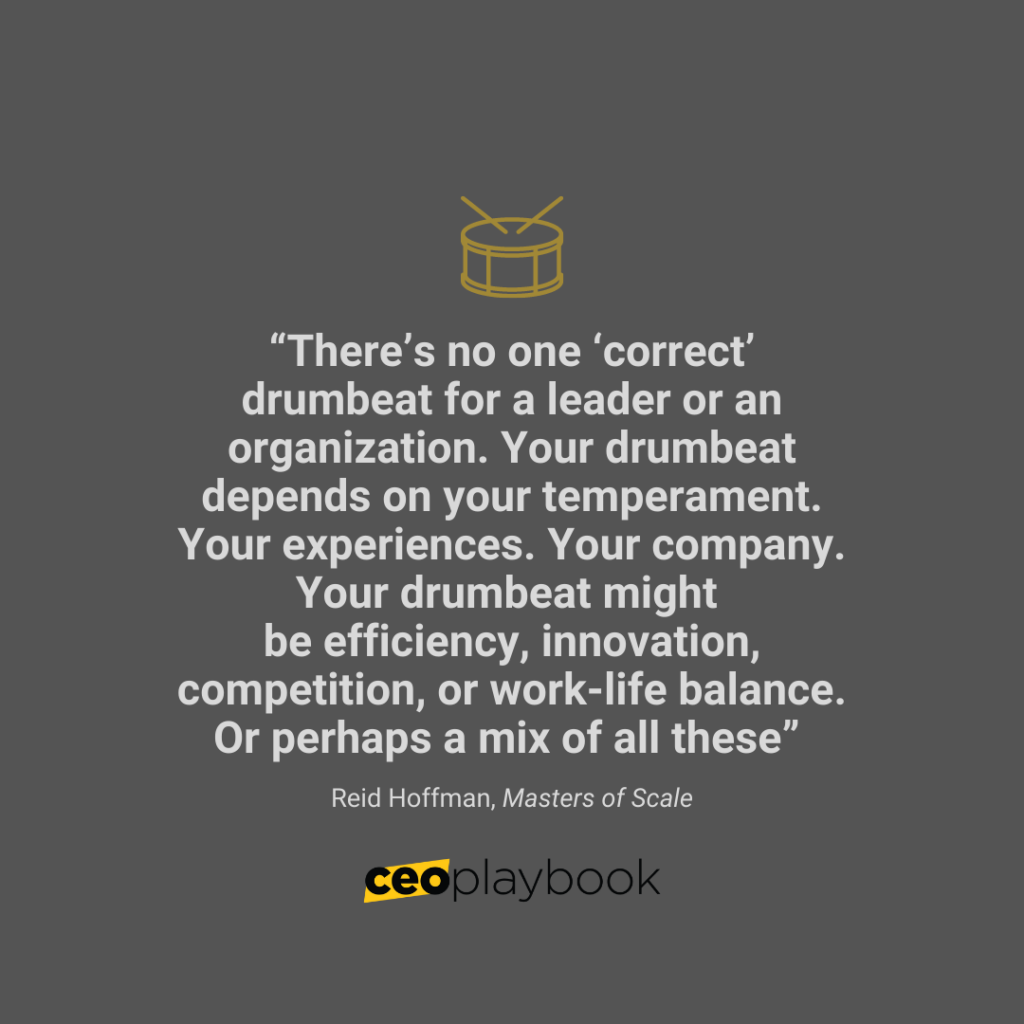Imagine you are a Painted Reed Frog in the Okavango Delta in Botswana.
It’s a beautiful sunny day, and you are serenely sitting on a lily pad in a pond.
You’re not alone. There are a few of you enjoying what the Delta has to offer.
For the fun of it, a boy from the local village tosses a small pebble into the water sending a tiny ripple among you and your neighbors.
You barely notice it, continuing to enjoy the scene hoping for a bite soon.
The boy is having fun now and tosses a larger stone into the center of the pond. It sends a larger ripple that causes a disturbance among all the lilies. Some of your friends jump off the lily pads while you and the others avoid being provoked by the event.
Now, the boy wants more. He grabs a huge rock near a tree and shot puts it with Olympic fervor into the pond.
This time the wave he creates knocks you and every one of your friends off your lily pads.
Some of your friends are frightened, but you are pissed. You are angry that this kid gave you no warning. If you knew, you would have timed a jump to avoid the violent effects of the tidal wave caused by that rock!
There was no warning. No communication!
The above is an adaptation of a story Danny Meyer–successful restaurant owner and author of Setting The Table–uses in his management class to teach the importance of good communication.
“People who aren’t alerted in advance about a decision that will affect them may become angry and hurt. They’re confused, out of the loop; they feel as though they’ve been knocked off their lily pads, ” Meyer teaches.
When your company is small—less than 10 people—it’s easy to just swivel your chair around (or Zoom with a colleague) and share an update.
As the company grows above 30, 50, 70, 100, 150 people, it becomes harder to synchronize the team. This is especially true across departments. Teams quickly become siloed.
Decisions happen more rapidly. Many times, they are made without thinking of the ripple effects on the organization as a whole.
And splash! People are thrown from their lily pads.
Communication is at the root of all business strengths—and weaknesses. When things go wrong, and employees become upset, whether at a restaurant, a law firm, a hardware store, a university, or a major corporation, nine times out of ten, the justifiable complaint is, “We need to communicate more effectively.”
I admit that for many years, I didn’t really know what this meant. I had no problem standing up in front of a group to give a talk.
I thought I was a pretty good communicator, but then it dawned on me: communicating has as much to do with context as it does content. That’s called setting the table.
Understanding who needs to know what, when people need to know it, and why, and then presenting that information in an entirely comprehensible way is a sine qua non of great leadership.
Clear, timely communication is the key to applying constant, gentle pressure
…Meyer explains to his new managers.
To become a great CEO, you have to learn the art of being the Chief Explainer Officer.
This means constantly beating the drum to nudge your team, keeping them focused on the direction you’ve set.
You need to communicate challenges, opportunities, wins, losses, organizational changes, customer stories, cultural spotlights, bad behavior, departures, hires, and even personal milestones and setbacks.
And that’s just the beginning.
Then you need to teach your team how to do the same.
What is the frequency with which you need to do this?
That is simple…
You do it until you are tired of doing it—then keep going!
Here are some ideas to get you started on building your communication system.
Weekly email — once a week, send an email highlighting company accomplishments or one idea you’d like the team to think about. Use this email to reinforce the company’s core values, culture. Perhaps you can use it to teach the team a lesson you’ve learned in the past. Or you can share vital information or decisions they all should know.
Start an internal blog — start with once a month, then increase the cadence. Here, take time to share insights as CEO. What are you learning? Share something fascinating you learned from a customer. Highlight important decisions at the management team level. Share some best practices that might be helpful. This is a space to muse about things from the perspective of a CEO. It will help you find your voice as CEO if communication is not your thing.
Monthly AMA call — I can’t say how valuable this can be for your team and you. This is especially true when the company is going through a tough time. Your team will have lots of questions about the way forward. Making yourself available regularly to answer unscripted questions is a valuable way to be transparent and build trust with the team. It also allows you to be vulnerable. Take it. Be sure to record the call and make it available to those who couldn’t make it.
Quarterly All-Hands — This is the main event. Once a quarter, get the entire company together and cover a complete company update. Be sure to include other members of management in the “show.” Recognize teams and spotlight examples of people living the company’s core values.

Monthly Flash Update — Once a month, record yourself or draft an email that provides a business update on the company. You might cover customer growth, losses (and learnings), and other vital metrics your team is tracking.
AMA Slack channel — Keep an open channel of communication on slack with the team, where folks can drops questions for you to answer anytime.
Lunch with the CEO — This is one of my favorites. Once a week, when you are in the main office or a remote office, take a group of people out for lunch from different cross-sections of the company. This is a great way to get close to the happenings in the company. Give each person at the table a chance to say what’s working well and what they think you can do better as a company. It’s always eye-opening! This social setting also puts people at ease and allows them to speak their minds more freely. It’s also a great team-building event and a great way to onboard new employees.
Voice of Customer — Another superstar event. I always say you should not fall in love with our product, but instead fall in love with our customers. Customers are the best source of insight into the “why” of your company. As much as possible, ideally quarterly, invite them in to speak directly to the team. You could set it up as an interview-style format or have them present how the product has helped solve some of their biggest problems. And, make sure you have them share what they want you to improve about the product or the company.
Weekly WINs meeting — Once a week, on Fridays. Get the team together semi-socially in the office (or on zoom), and have each department do a show-and-tell. Have them share their biggest Wins this week. It’s a great way to get different team members to learn from each other and keep communication flowing. Sales and marketing teams can learn from products and vice versa. Customer success can share how they helped get a customer through a thorny issue or a perfect onboarding.
Annual Letter — Once a year (at the start or end), write a letter to the company thanking them for a fantastic job, highlighting the wins and losses, and providing an encouraging perspective that only you can deliver. Here is one I wrote in 2020 during the pandemic called, Easy is Boring.
More like this on CEOPLAYBOOK:
Tribe Vibes: The Secret to Avoiding Micromanagement
Tribe Vibes: 7 Secrets to Creating Magnetic Culture
Here is another resource to help you understand why it’s so important to beat the drum.
How to set the drumbeat, w/LinkedIn’s Jeff Weiner on Reid Hoffman’s Master of Scale



